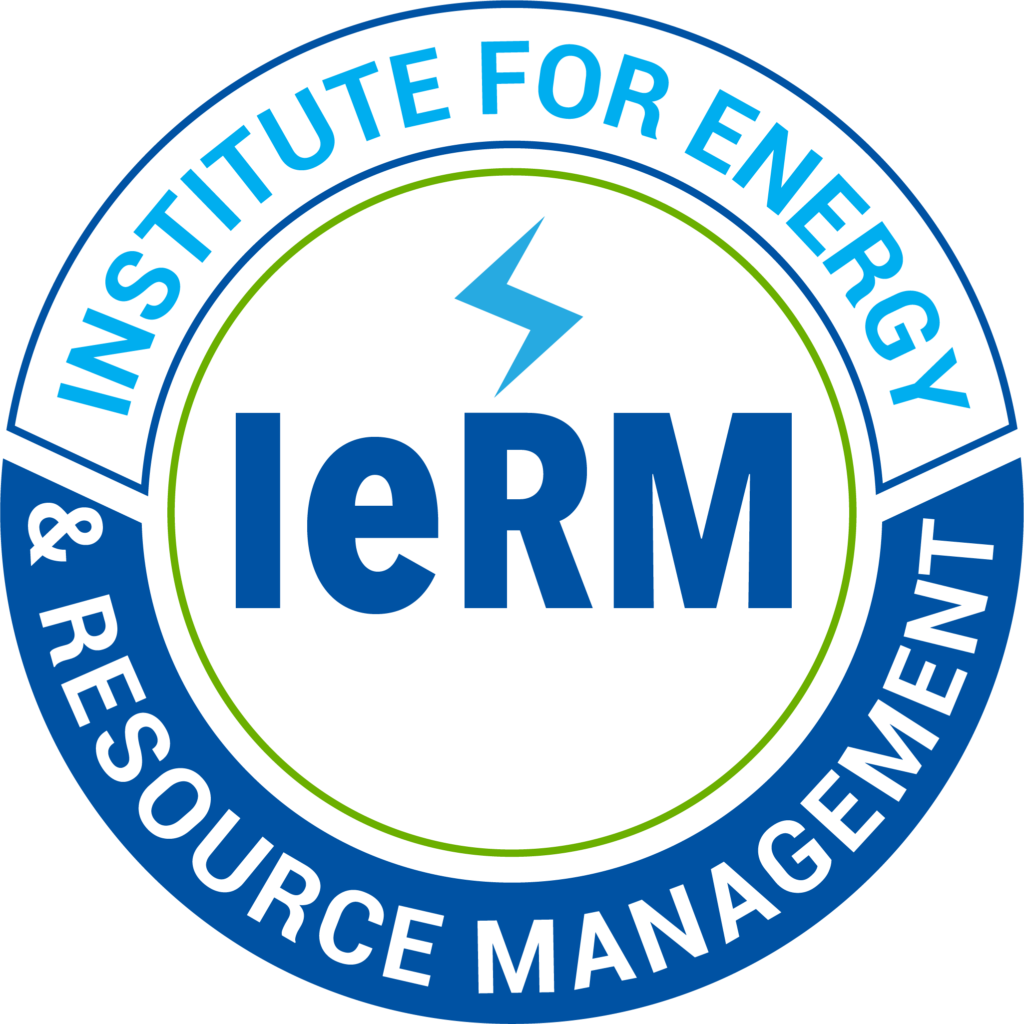While we favor a circular economy without landfilling or WTE/Incineration the nature of society (and consuming) does create waste that cannot be avoided or recycled. In that case waste should first be made inert, toxics destroyed, and materials and energy recovered so that landfilling, the worst option for dealing with waste, can be avoided by all means possible.
A circular economy is essential for sustainable development and the continued existence of human society. When landfilled, all materials that are contained in the waste and that have previously been produced at great expense (including energy) are withdrawn from the material cycle. A large part of the energy contained in the waste is also buried with it, even with landfill gas extraction. Therefore, advanced thermal treatment based on mass burn technology for energy and material recovery is also an essential part of a circular economy.
The material resources of the earth are limited, only energy in the form of solar (and wind) energy will be available in large quantities for thousands of years. If materials extracted from (out of) the earth are not recycled after being used by humans, but landfilled, the economically recoverable raw materials will run out in the foreseeable future.
The effort and costs for the extraction of the raw materials will increase excessively because the concentration of the respective substances in the minerals of the earth’s crust continues to decrease. The recovery of raw materials from landfills would yield some economical return, but at much higher costs than if the materials were already recycled when they are discarded in the first place, as part of a circular economy.
As described in the Integrated Waste Management System (IWMS) concept, residual waste also does remain in an IWMS, for example due to human in attentiveness or carelessness in waste separation. If this waste is landfilled, then the materials and energy are initially lost for the circular economy (see above). On the other hand, with thermal waste treatment, a large proportion of the energy can be recovered (about 50% renewable), at a much higher rate than with the extraction and utilization of landfill gas. In addition, with appropriate exhaust gas cleaning and advanced treatment of the combustion residues and residues from exhaust gas treatment, a large proportion of the residual waste can also be recycled and thus returned to the material cycle.
In short: Mankind can only exist in the long term with a circular economy. Landfilling means the collapse of our economic system in the long term. Only a circular economy is sustainable. Thermal waste treatment with advanced flue gas cleaning and residue processing is part of a circular economy to optimize (maximize) the material recycling of waste. Note: Energy production is not the focus here (therefore we should part from the term WtE, as it undermines the main purpose of thermal waste treatment), because regenerative energy is available in abundance, you just have to use it.
Lessons learned from Europe:
Landfill:
- Waste of resources: Large amounts of sometimes valuable raw materials are buried unused.These include long-term hazardous substances (heavy metals, chemicals) that endanger the groundwater and the health of the population through emissions.
- Landfills create contaminated sites for future generations with high costs and substantial health risks. Only a few large landfill operators are beneficiaries; the population bears the consequences.
- Landfill gas can only be used to generate energy up to a maximum of 50%. 50% are harmful climate killers. Methane is many times more harmful than CO2.Landfilling is a very expensive method, both in the short and long term.
- Landfilling creates no innovations and no high-quality jobs. In Europe and other environmentally oriented parts of the world, landfilling has largely been a thing of the past and in some cases has been banned for decades.
Advanced Thermal Treatment (ATT) of waste based on mass burn technology:
- An indispensable part of an integrated waste management system with separate collection and high-quality recycling of waste as a contribution to sustainable resource conservation.
- The thermal treatment destroys harmful and toxic substances in the garbage and allows the recycling of metals, building materials.
- Thermal and electrical energy is used.
- Thermal treatment is wastewater-free (zero water discharge) and prevents harmful emissions through efficient flue gas cleaning. The waste produced today is also disposed of in an environmentally friendly manner, with no health and financial burdens for future generations.
- Positive contribution to climate protection.
- Integrated disposal with thermal treatment of the residual waste did not cause any increase in costs for the garbage of citizens (example Germany, Denmark, Switzerland, Sweden, etc.), but created innovations, jobs and the export opportunities for technology and know-how. Integrated disposal with thermal treatment of waste that cannot be meaningfully recycled is the state of the art in science and technology in Europe and in many ecologically interested countries around the world.
- The previously ideologically based resistance to the Advanced Thermal Treatment (ATT) of waste based on mass burn technology has now been overcome in Europe.
- The science is very clear why ATT Technology is environmentally as well as economically superior to landfilling. Changing the waste hierarchy in the US and ignoring the many benefits of ATT over landfilling untreated municipal and other wastes is along the lines of claiming that the earth is flat!
A shortened version of this statement appeared in Waste Dive Magazine October 24th 2022. Click here to read it.




